There are many ways to develop your fortress and your dwarves in Dwarf Fortress. You want them to develop better skills over time and to specialize in certain crafts. Guild Halls will help you with that immensely, so you will want to look into building a few over the course of your game. Not only that, but sometimes your own dwarves will become restless and clamor for one, getting a debuff the longer your fortress doesn’t have one. We will help you learn how to build a Guild Hall in Dwarf Fortress and explain what it does for your base.
Related: How to make and use Wheelbarrows in Dwarf Fortress
How to build a Guild Hall in Dwarf Fortress
It’s not too difficult to set up a Guild Hall for your base, but there are a few considerations to take into account first. Unlike some of the other rooms in your fortress, the Guild Hall does not use size and facilities to determine its status, but instead it uses its Value. To have an excavated room become a Guild Hall, you need to place at least a total of 2,000 Value into it.
The best way to do it is to prepare good quality furniture, statues, and other riches in advance. If you’re unsure of how much Value a room possesses, you can set up one of your dwarves to become a Broker, who then allows you to determine the Value scores of your rooms.
Putting all that Value into one room will require space, so make sure to excavate a large enough room. We suggest that you go with 10×10 to start with. You don’t need anything larger than that to start with unless you plan to turn that Guild Hall into a Grand Guild Hall that has a requirement of 10,000 Value.
After you’ve excavated the room, designate the whole area as a ‘Meeting Area’ and then click on the ‘+’ symbol in the room options. There you can specialize it into a Guild Hall of your chosen specialization. After that, all you have to do is move in the items until the room’s Value reaches 2,000.

What does a Guild Hall do in Dwarf Fortress
Guild Halls are special areas for dwarves of a certain profession or specialization to meet and discuss their craft. That will give them a mood bonus, while also slowly building up their specific skill. That’s why it’s important to select the needed specialization when you build your Guild Hall. Look for the skill that you want to develop, or for the one that your dwarves are asking for.
Sometimes, other visitors will come to your fortress and give lectures in the Guild Hall, increasing the bonuses you get from it. Furthermore, other dwarves of the same skill specialization might come to visit the Guild Hall and decide to stay in your fortress, thereby increasing your dwarf count.

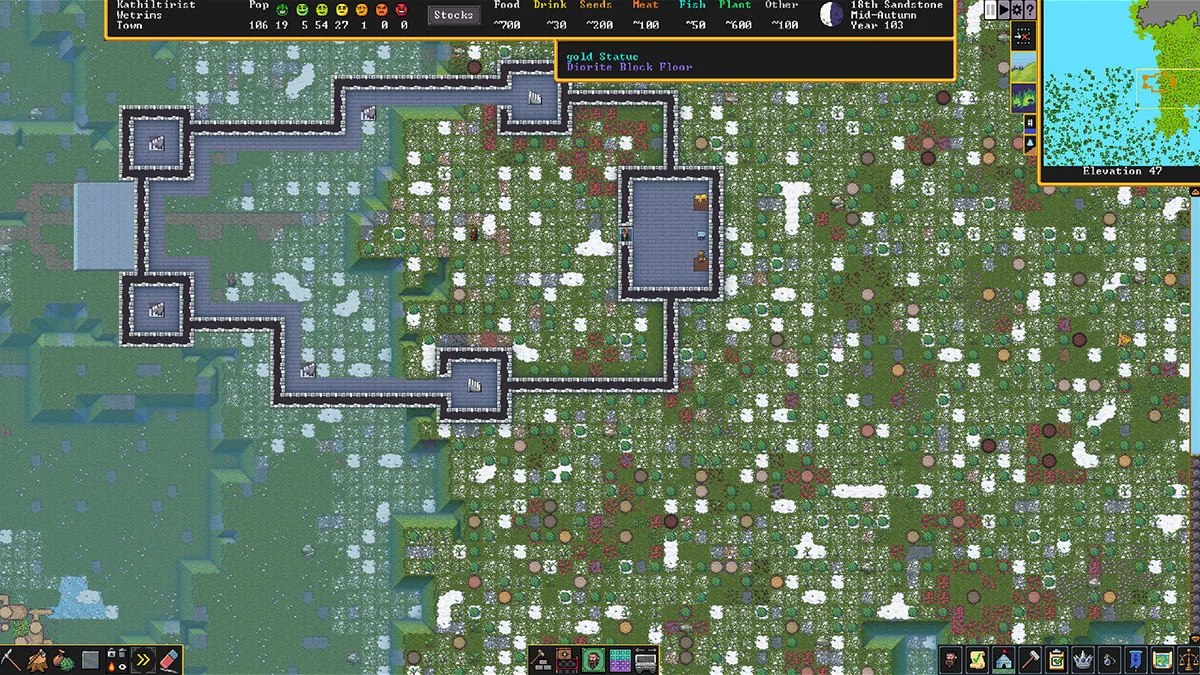
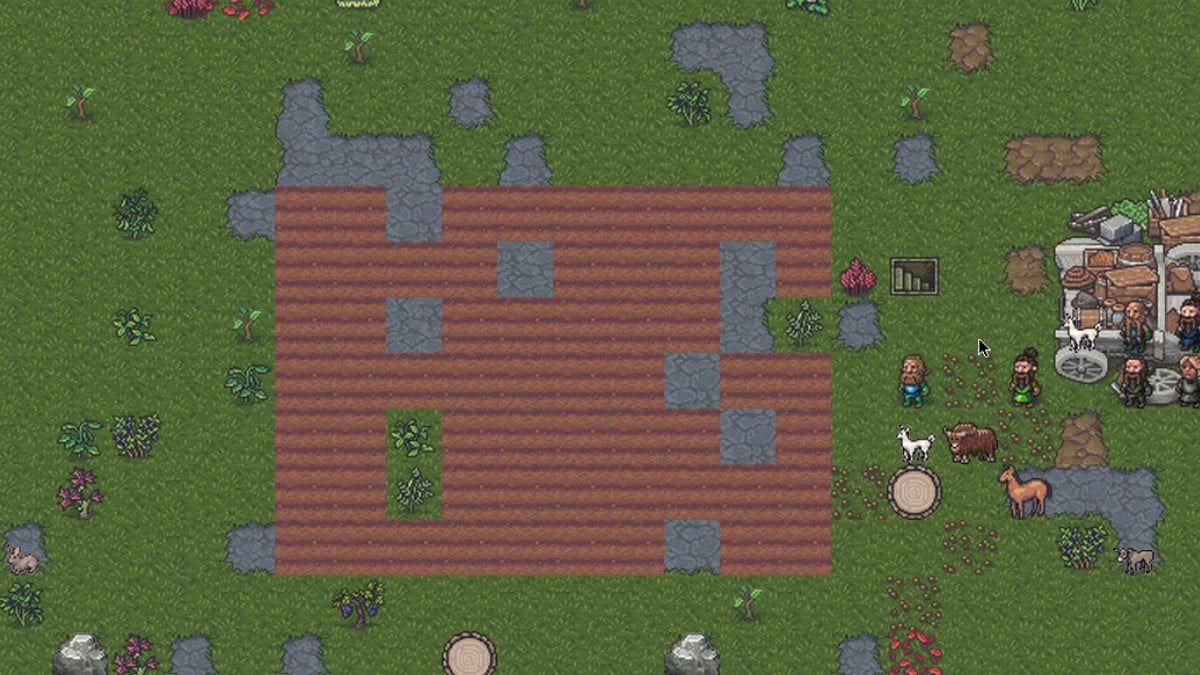
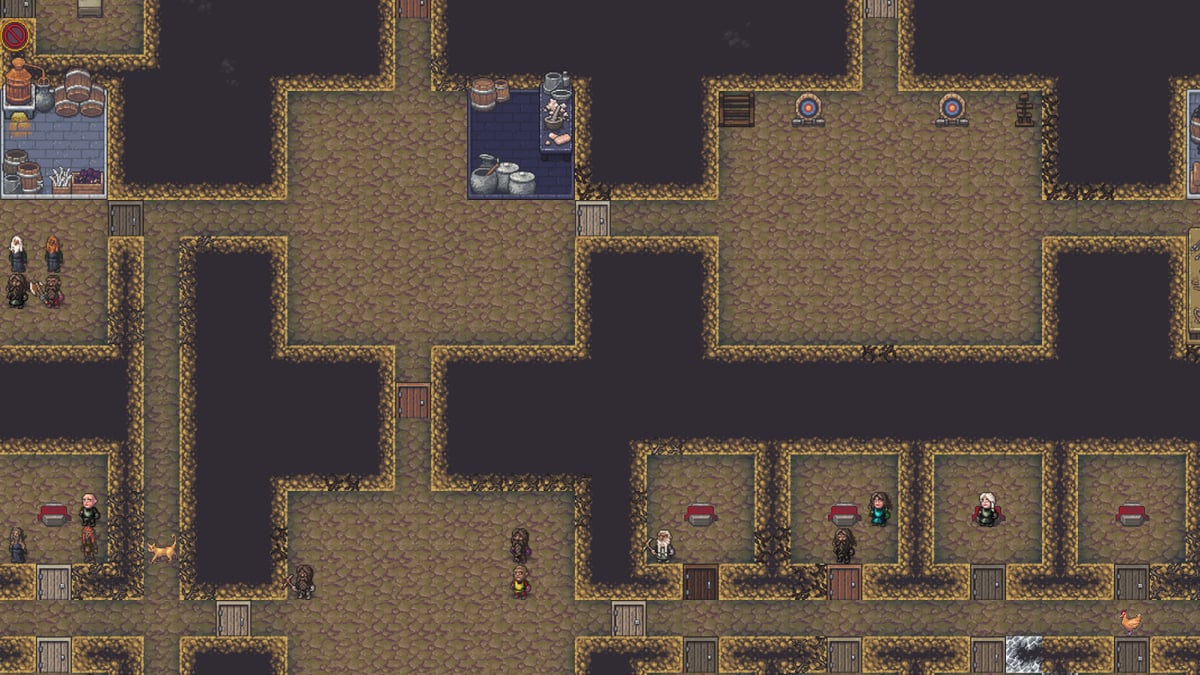
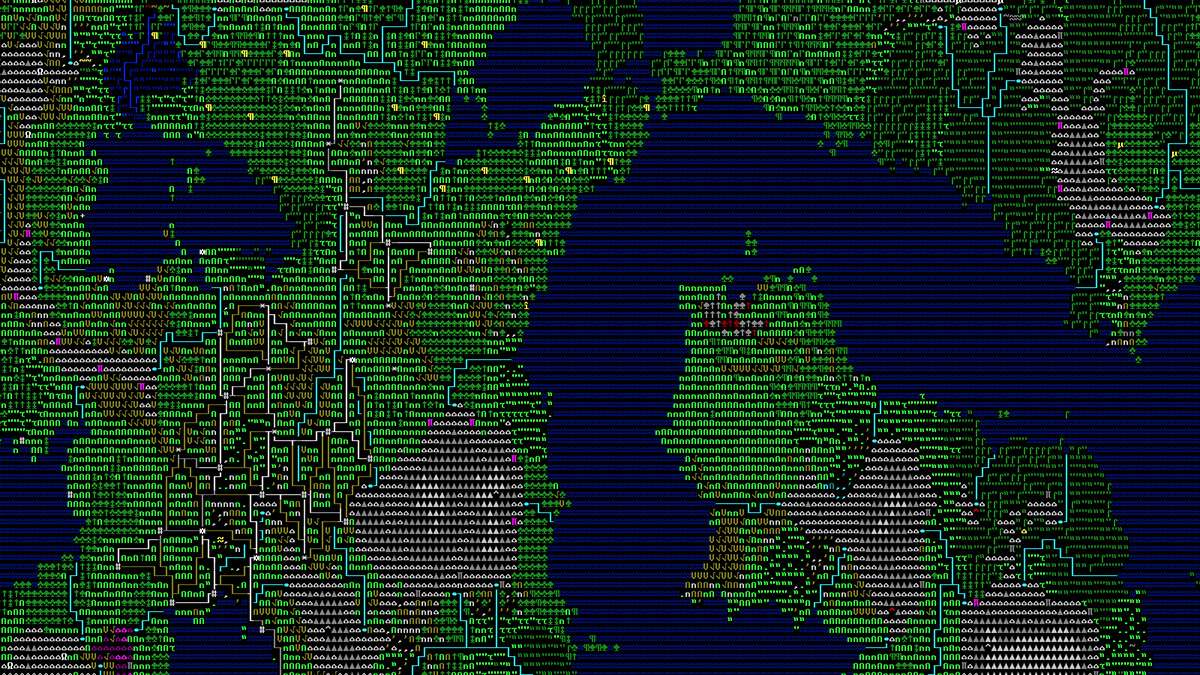
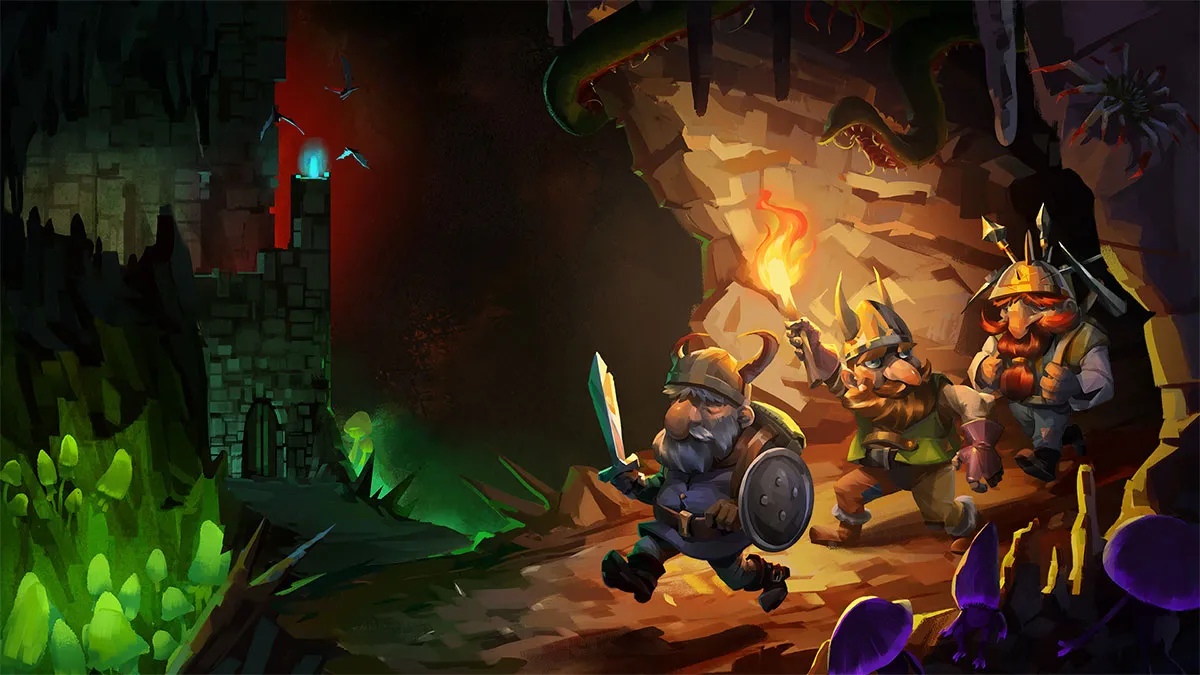
Published: Dec 20, 2022 08:37 am